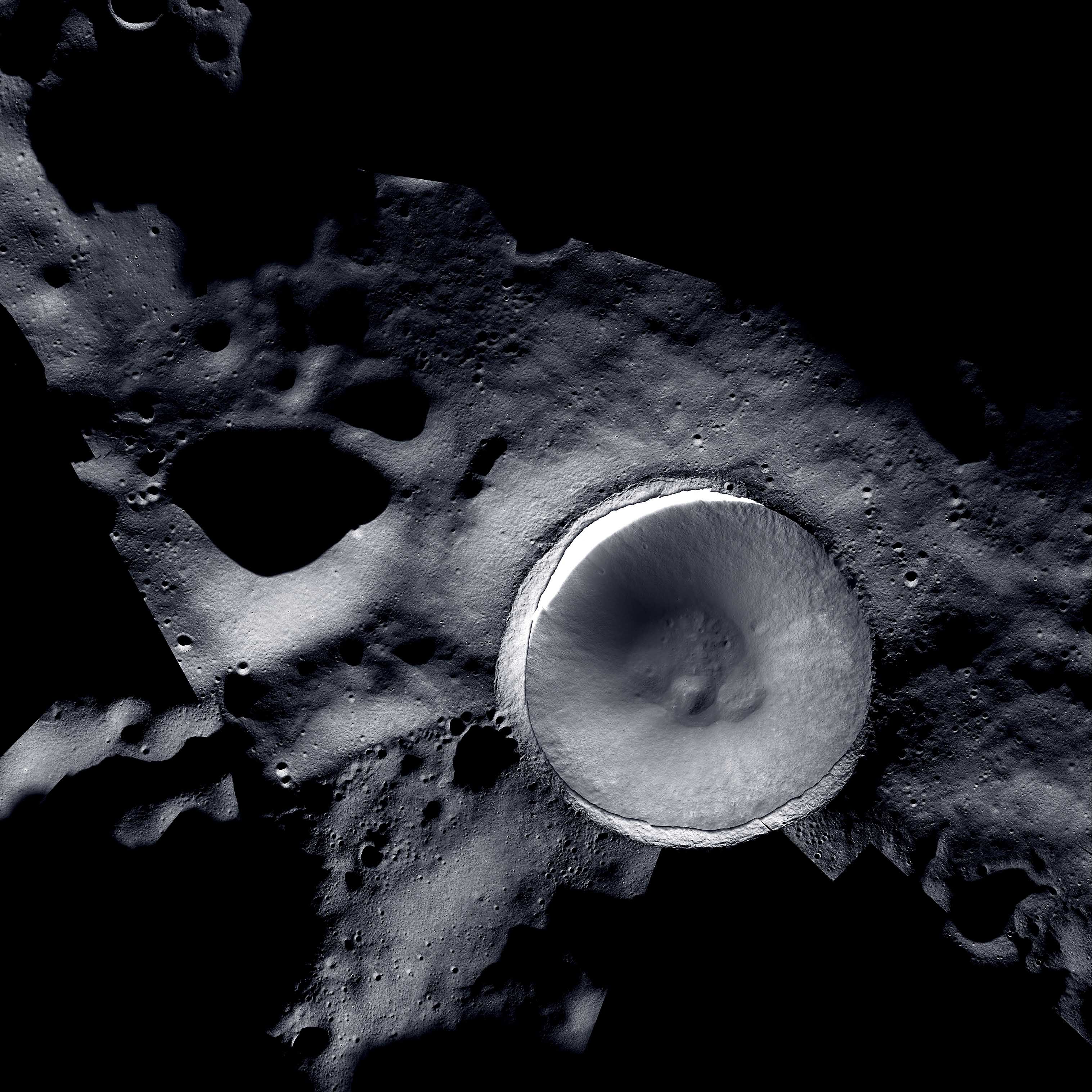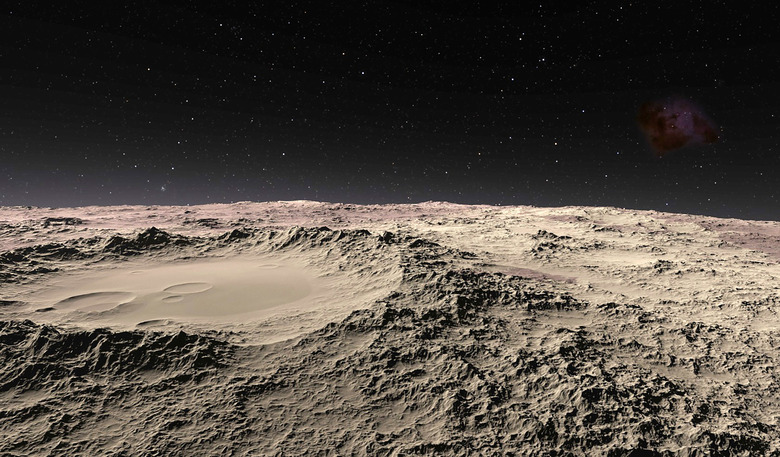NASA Mosaic Showcases Lunar South Pole, Where Artemis III May Land
NASA has released a new mosaic of the Moon's southern pole. The mosaic was created using images from the Lunar Reconnaissance Orbiter Camera (LROC) and ShadowCam, a NASA instrument onboard the Korea Aerospace Research Institute's (KARI) Danari spacecraft. Together, the images produce one of the most detailed images of the Shackleton Crater to date.
The Shackleton Crater is located at the Lunar South Pole, which has garnered quite a bit of attention as of late, especially since NASA plans to land the Artemis III mission there. The Moon's southern pole has also become the landing sight of India's Chandrayaan-3, which became the first spacecraft to land at the Lunar South pole in August.
This new NASA mosaic of the Moon's southern pole is absolutely breathtaking, too. The space agency says that ShadowCam allowed the space agency to capture the shadowed regions of the Moon in greater detail, which has given scientists a much better look at the Lunar South Pole. And that level of detail shows through completely in the new Moon mosaic.

LROC, on the other hand, has been used by the space agency to capture in-depth and detailed photos of the surface of the Moon that isn't heavily obscured by darkness. Together, the two cameras provide an unprecedented look at the southern pole on our planet's satellite.
Being able to capture such an amazing image from orbit is part of what makes these spacecraft so important for studying the Moon and its surface. NASA hopes to be able to create a more complete map of the Lunar South Pole utilizing images from these two cameras. Such a map would prove extremely valuable for future surface exploration endeavors, such as the Artemis III landing.
You can view the new NASA Moon mosaic embedded above for a complete look at what NASA's two cameras have made possible. Images like this showcase just how far the age of modern space exploration has allowed us to go.
